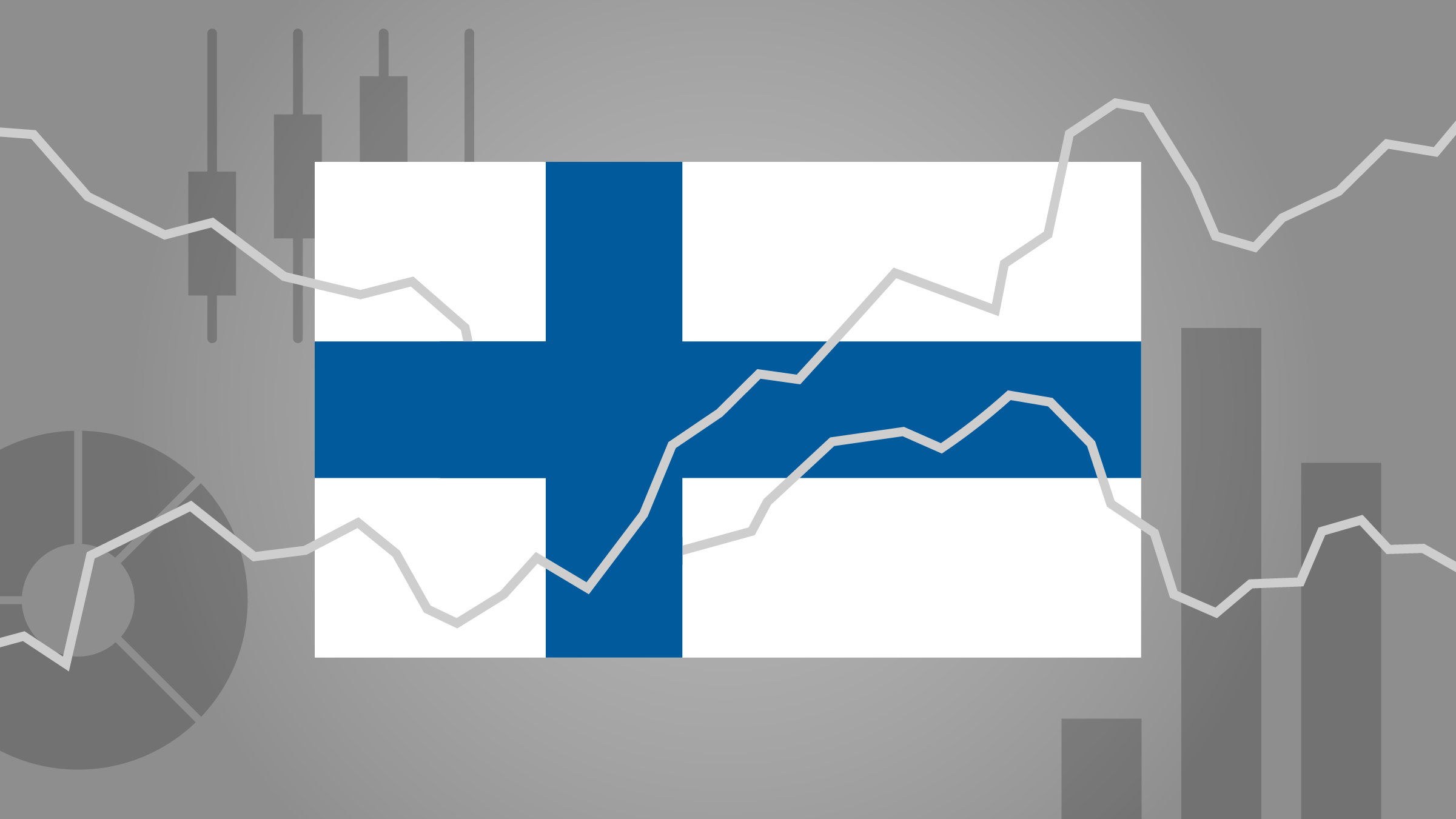Morningstarin Jason Stipp haastattelee Raife Giovinazzoa, joka on Fuller & Thaler -sijoitusyhtiön tutkimusjohtaja. Yhtiön tavoitteena on hyödyntää sijoittajien tunnettuja taipumuksia yli- ja alireagoida erilaisiin uutisiin. Hän ottaa esille Applen yhtiönä jonka osakkeilla on ylikysyntää, koska yhtiön tuotteet ovat monelle niin tunteita herättäviä.
Jason Stipp: I'm Jason Stipp for Morningstar.
Investor mistakes can certainly cost you in the form of losses, but they can also mean gains for the investors on the other side of some of your bad trades.
In fact, one fund, Allianz Global Investors Behavioral Advantage Large Cap, seeks to exploit behavioral issues in order to profit.
We're on the phone today with a manager from that fund, Raife Giovinazzo. He does research for the firm Fuller & Thaler and co-manages that fund. He is here to tell us a little bit about their process and how their portfolio has historically been positioned.
Thanks for calling in, Raife.
Raife Giovinazzo: Thanks for having me.
Stipp: The portfolio you co-manage applies Fuller & Thaler's well-known behavioral investing research, into the stock market movements, and behavioral finance is a big part, obviously, of its strategy. Based on that research, can you talk about some of the big triggers that cause investors to overreact or underreact to news, which can then lead to opportunities for you?
Giovinazzo: Sure. People tend to overreact to vivid emotional anecdotes. Conversely, they tend to underreact to new and surprising data. Let me give you two examples on overreaction. Data that's very vivid, for example, I like Apple product so Apple must be a good stock at any price, is a kind of thing that people can overreact to.
A second thing is emotional experiences. One example there would be a very big drop in price for holders of that stock. They may get a visceral reaction when they think about that stock and start to stereotype it as a bad stock, and they are likely to overreact to that information as a result.
On the underreaction side, it's new and surprising data that people tend to not react strongly enough to, and their psychological basis for that is called a rule of thumb known as anchoring. People anchor on previous data, highly salient data, maybe what they thought they were going to see. And when new data comes in that's different than that, they adjust, but they don't adjust enough. So in the case of, for example, earning surprises, when there is a new earning surprise that's unexpected by the market, and that's something that's tricky--you've got to figure out what really is unexpected--people are likely to adjust in the right direction, but not adjust enough.
Stipp: When you're managing your portfolio, can you talk a little bit about how this translates into the strategy of actually investing, and maybe a bit about how you positioned the portfolio? I believe it's a relatively newer fund, correct?
Giovinazzo: It is, although we, as a firm, have been using behavioral finance to invest for 20 years. This portfolio was designed to provide a possible core holding for folks by investing in the large-cap space. Investors make mistakes in all cap spaces, but this is something that anybody can hold. Personally, it's almost all my retirement savings are in this fund, because it provides a broad U.S. stock market exposure at a reasonable cost, but it has the opportunity to outperform.
So how we apply it is, we find individual stocks that we think people have overreacted to, and we try to be underweight those. We find those that we think there's been an underreaction to good news, and we try to hold more of those.
One example that I mentioned is, … and I'd rather talk about long-standing positions … for the past two years, we felt that there was an overreaction and a little bit too much hype around Apple. We still think some of that persists. A lot of that is driven by people's engagement with the products, which are fantastic, and confusing that with the stock. And, of course, there is a tremendous amount of interest and familiarity with Apple, which can breed a desire to hold it as a stock. So we've been traditionally underweight. That hurt us at times when there was a big run-up in Apple, but more recently we've benefited.
On the underreaction side, we've seen … just to give one example … over the past few years, there's been a repeated underreaction to the good news at Home Depot. Home Depot was a company that is obviously very influenced by the housing market, and that's been rebounding. They repeatedly surprise. They've also made very big improvements in their operation. And we've found that investors are moving the stock in the right direction--it's been going up and up--but they haven't reacted well enough, which is why it's kept on going up and up in response to those news.
Stipp: Raife, you mentioned this is a large-cap fund and was designed to be a core holding using this behavioral strategy. Are there other areas of the market cap where the behavioral strategy is more or less effective? So, the examples you gave, these are companies that are very well-known among investors, and that kind of leads to the over- or, in some cases, the underreaction. In a smaller-cap strategy, for example, would you need to apply this differently?
Giovinazzo: We find that there are biases that affect all cap ranges. In fact, oftentimes, in the small-cap space, it's a little bit easier for there to be a lopsided set of opinions and a lopsided set of biases at play. So it can be very effective there.
I think in the small-cap space, there can be an even greater possibility that news is not fully analyzed and surprising news, in particular, is underreacted to. It's also very easy for there to be overreaction in the micro-cap space or the very small-cap space, to have relatively narrow ownership in the number of people who own a stock, and they can react very negatively if there is bad news, and overreact to declining prices.
So I think this is something that is applicable to all investors, and it's applicable at all cap ranges. This is one particular way we apply it in a large-cap space and we're pretty proud of it.





















